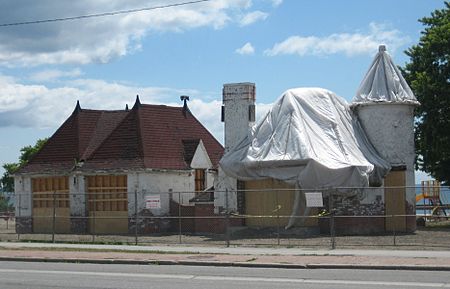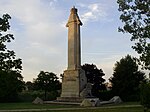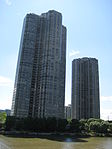Joy Gas Stations

Joy Gas Stations operated uniquely designed stations in Toronto, Ontario, Canada, in the 1930s for the Joy Oil Company Limited. The stations are examples of the Château style of architecture, a style that was promoted as a uniquely Canadian architectural form in the 1930s. Of the 16 stations built in the Greater Toronto Area, only one station survives today, at Lake Shore Boulevard West and Windermere Avenue built in 1937. In April 2007, the City of Toronto moved part of the station from the site to a location across the street at Sir Casimir Gzowski Park. The station was restored and will be repurposed as an eatery and tourist information centre once the current contract with the nearby vendor expires after 2016.As of 2020, the station sits vacant. "It was restored a dozen years ago by the city at a cost of nearly $400,000 but has been vacant and fenced off ever since, with plans floated along the way that never panned out." The city expects it to re-open soon.
Excerpt from the Wikipedia article Joy Gas Stations (License: CC BY-SA 3.0, Authors, Images).Joy Gas Stations
Martin Goodman Trail, Toronto
Geographical coordinates (GPS) Address Nearby Places Show on map
Geographical coordinates (GPS)
| Latitude | Longitude |
|---|---|
| N 43.635605 ° | E -79.46595 ° |
Address
Sir Casimir Gzowski Park Playground
Martin Goodman Trail
M6S Toronto
Ontario, Canada
Open on Google Maps











